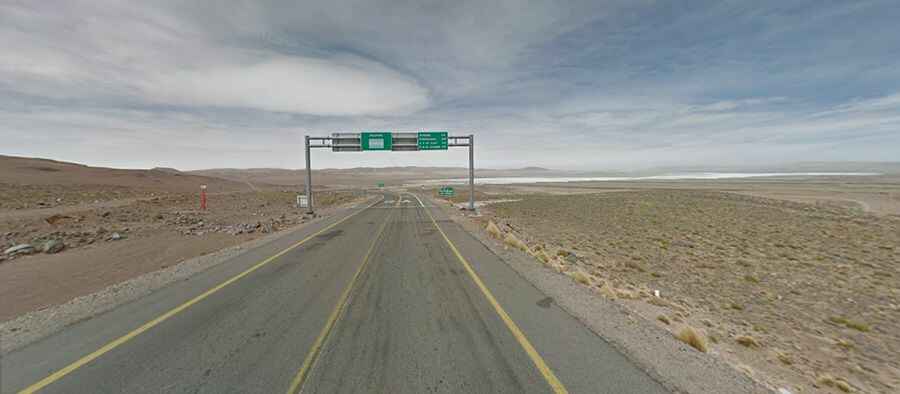Jama Pass is an Andean road from Chile to Argentina
Paso de Jama is an international high mountain pass at an elevation of 4.283m (14,051ft) above sea level, located on the border of Chile and Argentina.

Where is Jama Pass?
The pass links the city of Jujuy in Argentina with San Pedro de Atacama in Chile. It is the northernmost road border crossing between both countries. This pass provides close access to the landmark that links Chile, Bolivia, and Argentina, and is about 160 kilometers (100 miles) from its border in Chile. After passing through sectors of the Los Flamencos National Reserve, you reach the town San Pedro de Atacama. It is used by truck traffic between northern Argentina and Paraguay and the ports of northern Chile.
When was the road to Jama Pass built?
The road was through the pass opened on 6 December 1991 and was paved throughout since the year 2005.
Is Jama Pass open?
Set high in the Andes, this pass is permanently enabled for all types of vehicles. It is open throughout the year, although occasionally closed by snow. Daytime temperatures will reach up to 30 °C, while at night temperatures will tend to drop very low, even below freezing point in winter. There are often also strong winds in the area. Remember that you will be crossing the Andes, traveling through a semi-desert area with few people and will be traveling at an average height of 3000 m.a.s.l. Take along warm clothing to wear when necessary. To avoid feeling ill, do not eat in excess before you go up into the high mountains.
Is Jama Pass paved?
The road to the summit is fully paved. It’s called Ruta 27 (CH-27) in Chile and National Route 52 in Argentina. On the Chilean side, the road tops out at 4.832m (15,853ft), 100 km west of the border by Portezuelo Paranal. Most of the road from San Salvador de Jujuy to Jama, including the occasional down slopes, is uphill. The pass is located 349 kilometers from San Salvador de Jujuy. After crossing the pass, there is still a trip of 160 kilometers to the Chilean town of San Pedro de Atacama. This last part is on a very firm road and downhill.